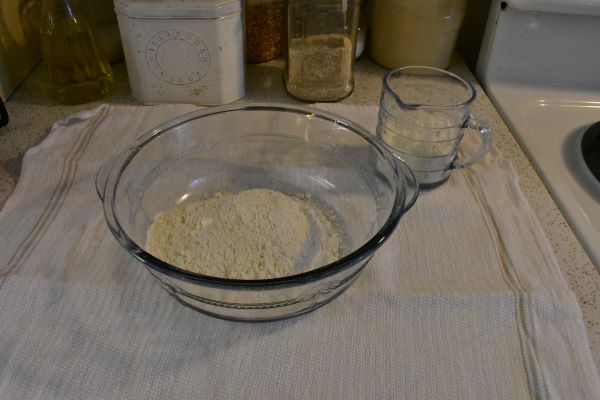
It is March 1, 1943. Our history project is now taking us on a new journey of rationing. A good lesson for us all, no matter if we are doing this history study or just reading along.

Our azaleas are in bloom now and I try to imagine what our town looked like on March 1st in 1943. If I walked downtown in 1943 the sidewalks would be busy with people going about their business. People would be heading to Bloomberg's to shop and wool coats are on sale, men's suits have handsome new blends.
Sometimes I wish it could all go back to how it was because it made more sense but there are some things that were not good. I do not like to romanticize the past because just like today it had good and bad.

For those of you that have been reading the diaries or noticing the grocery ads have been curious of what Nucoa was in 1943. During this time of food rationing Oleomargarine was becoming popular because butter was rationed and many different oleo products were coming to the market.
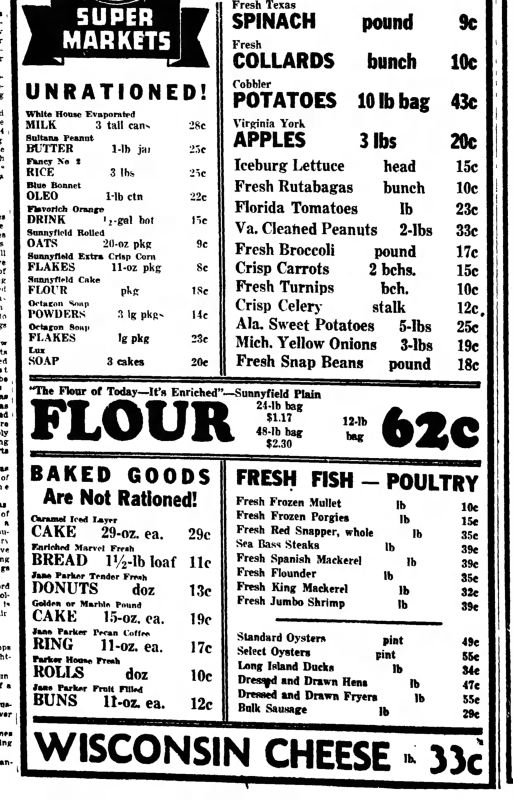
This shown above and below is this weeks paper (1943). We see in this ad that oleo is listed in the top left column. Many of us can remember the recipes that call for Oleo.
As rationing started, everyone was learning. When we read this weeks post of Lena's diary we noticed that she went to the store and purchased a can of clam chowder. She used 15 points for that one can. We can tell that she still does not fully understand the rationing and it was as if she was buying it just to try out buying with her stamps. She just used a major part of her stamps on that one can of Clam Chowder.
 Now is the time in our study to make better choices and one is to cook from scratch.
Now is the time in our study to make better choices and one is to cook from scratch.
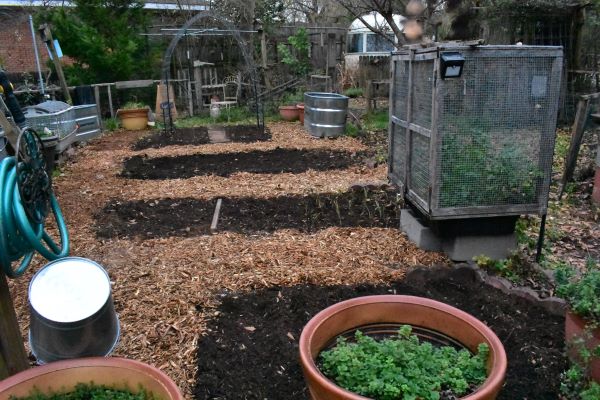
The other is to grow a garden.
We are still in winter and things are not pretty right now but it won't be long until hopefully this will be a flourishing Victory Garden! Charles and I are digging up our backyard and moving things around to try and grow more food this year and not a bad idea anyway, study or no study.

Our citrus trees are already putting out blooms. A bit early and I hope they can withstand the cold spells to come. I have relaxed about the early blooms because I have learned that nature is going to do what it wants to do no matter what and we have to adjust to that as well.
I have noticed in my diaries that people plant much earlier than I thought they would and so for me, I feel that there are more seeds in a package than I can use so I plant extra a few weeks apart and so if a cold snap gets something, I have a backup.
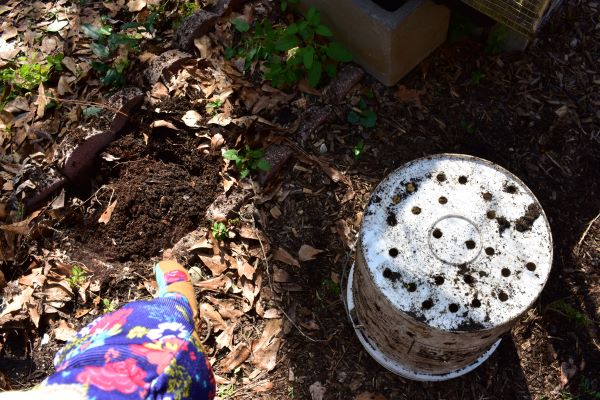
Another thing I learned is that Mr. Al was right.
Our neighbors Al and Naomi lived across the street. They passed away many years ago now and they both lived into their 90's. Al would go out in his backyard toting his bucket of food scraps and he would dig a hole and bury his scraps. He had a pattern and would mark his spot where he buried the scraps.
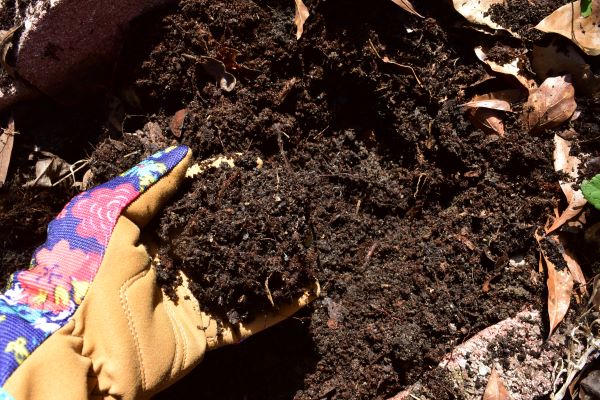
This was once food scraps from our kitchen and with the help of red wigglers and nature it was turned into good rich dirt. We will see how well a tomato Plant will grow here this year.
Our neighbor Al was giving back to the earth in a simple way. We have made worm bins out of tubs and then buckets that you put in the ground as pictured above. We have made compost piles to put lawn clippings and leaves, those work well but if you are older some things need to be more simple and Al figured that one out. We do not compost meat or oily things, just our vegetable scraps and lawn clippings.
When Al finished burying his food scraps and it had sat for a year or so that area made a wonderful garden area.
Charles and I have a victory garden to grow so we will use our compost from our big compost pile this year and hope we can get Al's method working and get rich soil all throughout the garden.

It is once again the season for Azaleas and dogwood trees to bloom as well as many others that are starting to show signs.
I think a regular compost pile would be good to have in addition to burying the vegetable scraps so there would be some to spread a thin layer of rich compost around the azaleas and fruit bushes and trees.

The blueberry bushes and the fig tree are showing signs of spring.
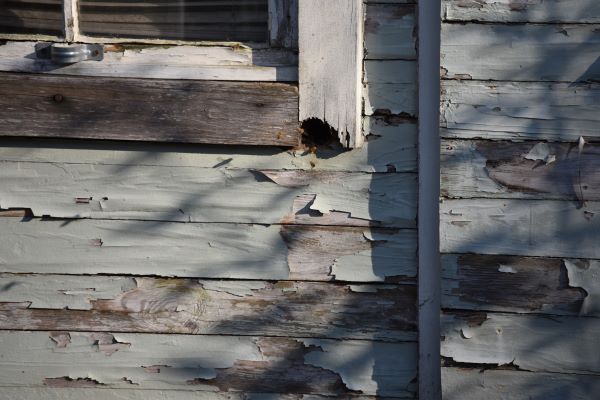
Our new unplanned adventure is that hole in the wall of the old potting shed. Charles replaced one wall on the shed so far and part of another but now we have a swarm of honey bees that have decided to live in our potting shed, which also holds our garden tools and some other items.
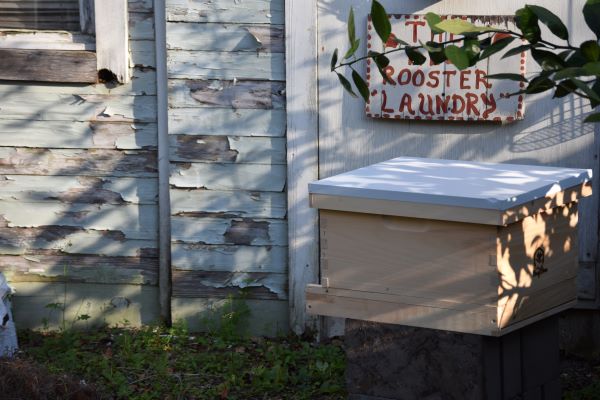
So we purchased a bee hive box.
No matter how much we ask the bees to go into the box they will not. We decided to order a queen bee catcher grabber thing and a queen bee sugar trap thing so when we catch her and then put her in the sugar cube cage thing we can place her in the bee box and then all the bees will come to her aid and eat their way through the sugar to free her so they can all live happily in the new bee box. Somehow I feel it will not be that simple but maybe it will.
Now since you may be wondering, yes we also got the bee suit with the helmet thing and the gloves and pants and space looking suit. The plan came after the bees came to us and we (well, maybe I) figured if we cannot capture these bees, then maybe this was a nudge for us to keep bees for honey. We have wanted to do this anyway and Charles is all for doing this.
Charles is going to take a bee keeping class and so we will know how to take care of the bees, "if" we capture them, and if not then we will get some bees after we learn how to take care of them. Right now we are at need stage, we need the tools that are in the shed. :) The bees have been there about a week now and we know that are most likely in transition to a new place but hope that will be here.
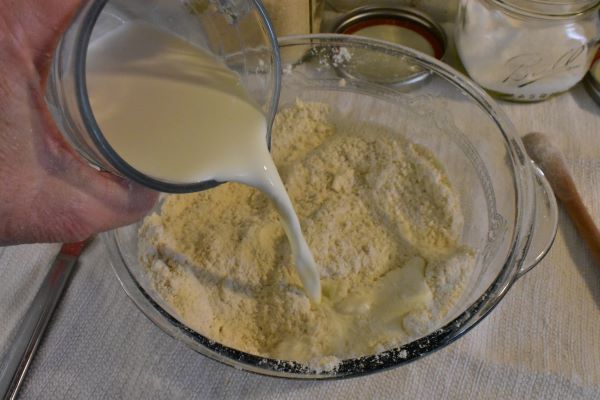
Our ration news is; The rationing board said that motorist holding "B" and "C" books expiring March 1 must surrender the books to the board within five days from the date of expiration.
Canned goods are now rationed.
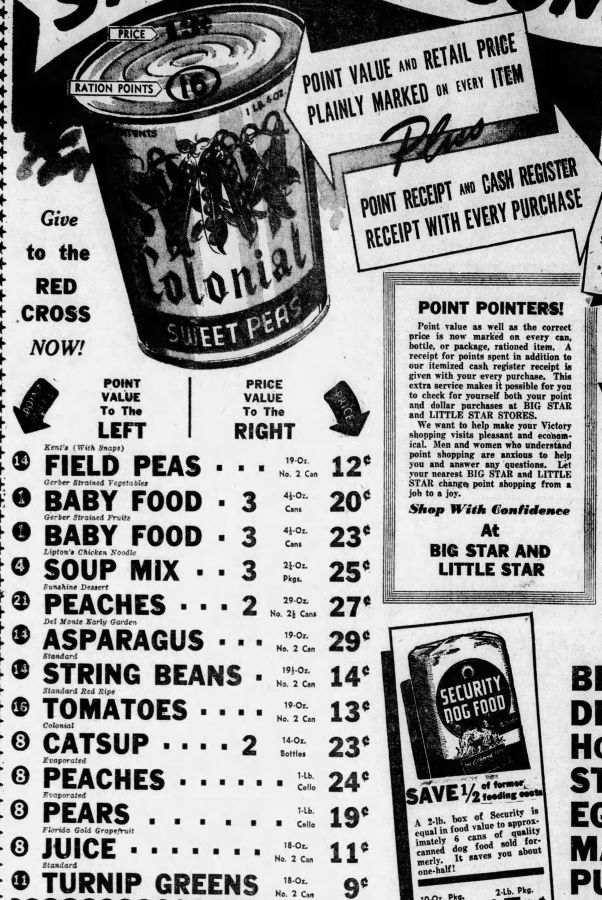
The grocery stores and the newspaper are starting to coordinate point information so the citizens can understand the points.

They are adding point lists outside the regular ad so people would know how to figure out their points and stamps before they shop.
But meat, butter and oils are not going so well. They are now planning on rationing these in April. It is a very complicated issues and I decided to type out the entire article so you can understand why it is complicate.
The ration office was having it's own issues and had to close to get better organized and get work done so they asked people to put off coming to the office for the one day they decided to close. Then it was announced on March 4th that Rationing of Meat Short of Estimate and that 3,000,000,000 Lbs. "Missing" from civilian supply. The Government plans to ration meats, butter, margarine, cheese, lard and other cooking fats and oils under a single set of coupons in Ration Book No. 2.
This was learned from informed authorities who withheld use of their names and it coincided with the raising of the question of what has happened to the nations' meat supply in view of un-denied reports that civilians will get an average of only about 1 3/4 pounds of meat weekly under rationing. Each of the meat, butter, cheese and fat products is to be assigned point values, as in the case of canned and processed fruits and vegetables.
The points will be interchangeable. That is, a consumer could use all his points for the purchase of any one of these commodities or for any combination. For example, a consumer could use all his points for the purchase of meats if he did not want or need butter, cheese and cooking fats and oils Or if he did not want meats, he could use all the points for any of the other products. Rationing of these foods has been scheduled to start April, but food authorities who may not be quoted said today it may be delayed until April 15.
It was learned that food officials had hoped to handle the rationing of meats, butter, and the cooking fats and oils under separate sets of coupons. However, Ration Book No. 2 was held not suited for such a plan and officials decided that it would take too long to prepare and distribute new ones, particularly when supplies of these foods are being consumed at a greater rate than the overall supply situation is believed to warrant.
The Point Values of these products were not disclosed; neither was the number of points which will be assigned each consumer. Officials said supplies of meats to be made available for civilians under the rationing system was expected to be the equivalent of 1 3/4 pounds weekly. They said however, that the per capita supply is expected to be larger next fall. Rationing will be started at a season of the year when meat slaughtering normally declines. In as much as no large reserves beyond military and lend lease needs have been accumulated it will be necessary, officials explained to make the meat allowance smaller at the start than later in the year, when slaughtering increases again. It was said that the per capita supply for the full year might easily average two pounds or more. No official estimates have been made as to how much butter, cheese, cooking fats and oil will be made available for civilians under rationing. The Agriculture Department has estimated however, that per capita supply to butter this year would be about 12.8 pounds compared with 16 last year. The per capita supply of lard and cooking compounds and oils has been estimated as 23 pounds, compared with 24 of last year. The per capita supply of margarine has been estimated as 4.6 pounds, compared with 3 last year.
The Agriculture Department said several weeks ago that if its 1943 production goals are achieved, the total supply of meats, including pork, beef, veal, lamb and mutton, would be 26,495,000.000 pounds dressed weight. This estimate included imports and reserves. On this basis it said civilians would have a per capita supply of about 2 1/2 pounds a week. The department tentatively earmarked 9,130,000,000 pounds for military and lend 0 lease requirements - for both current needs and emergency reserves - leaving 17,364,000,000 pounds for civilians. Assuming a rationing allowance of 1 3/4 pounds for the period beginning April 1, the amount which would be needed to supply each civilian for the remaining forty weeks of the year would be seventy pounds. On the basis of 120,000,000, the total required for civilian rationing would be 8, 400, 000,000 pounds. Thus 8,965,000, pounds of the estimated civilian supply would be unaccounted for under rationing. Assuming that weekly civilian consumption averaged 1 1/2 pounds during the first 12 weeks of the year, the total consumed during the unrationed period would be 3, 60,000,000 pounds. Some civilians undoubtedly have consumed more than 2 1/2 pounds while many others have not been able to get anything like that amount.
The total consumed during the unrationed and rationed periods would be 12.000.000.000 pounds, or 5,364,000,000 less that the estimated civilian supply. IT can be assumed that about 2,000,000,000 pounds has been and will be made available for hotels, restaurants, cafes and other eating places in addition to the rationed supplies.
If you want to see the points they decided on I will link below.
I have a link to a post I did when we our first history study of ww2 and on this post I listed ration points. https://gdonna.com/living-like-the-past/wwii-home-front-points-for-food/
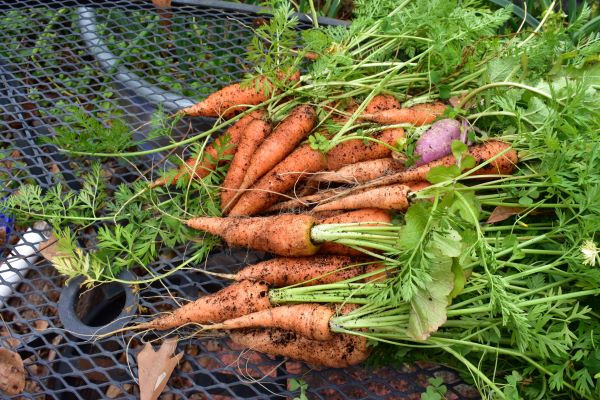
We harvested one of our grow tanks so we could get it ready to plant potatoes. These are from carrot seeds I planted last fall. We have been eating on them and this was what was left and so now we will plant spring carrots. :)
Be safe, Grandma Donna
